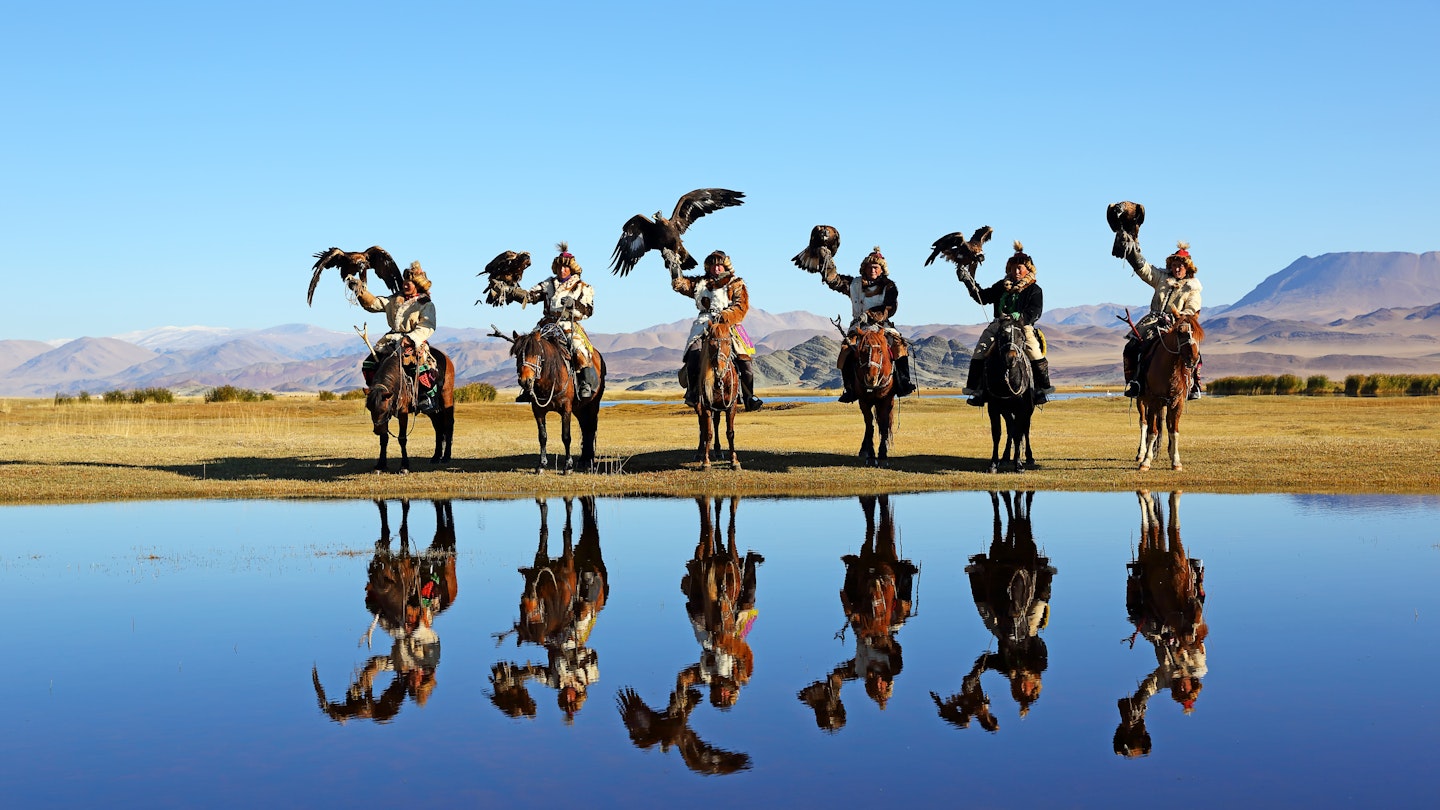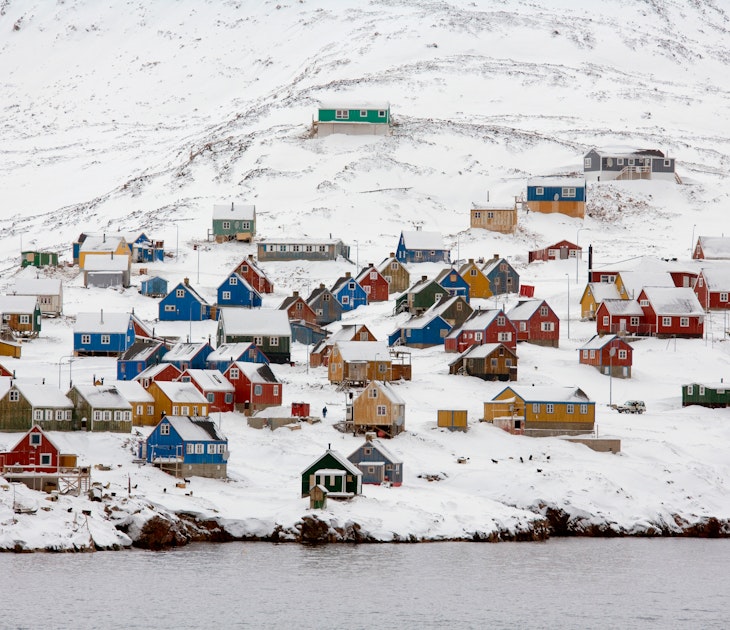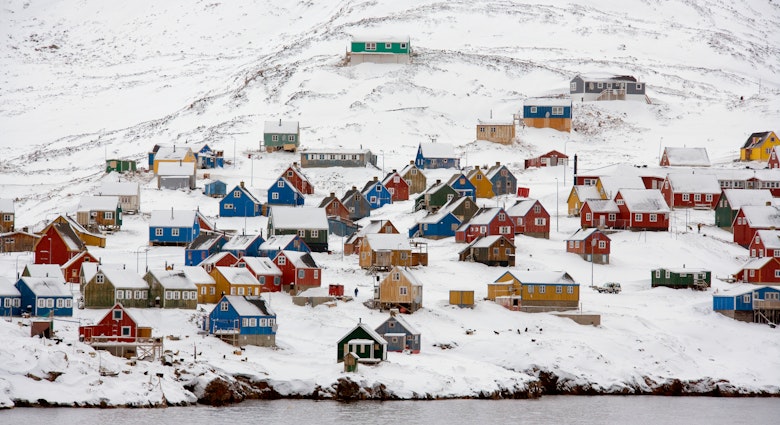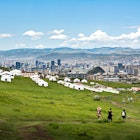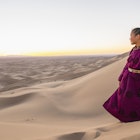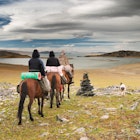Famed for endless steppe vistas, fascinating nomadic culture, its thriving modern capital and stunningly diverse landscapes, Mongolia is a lot to take in. Before you decide on where to go, you’ll need to decide when to go – as the time of the year you visit will largely shape your trip.
When you weigh up those all-important variables of weather, big calendar events and peak season crowds versus low season savings, picking the optimum time to come is by no means an easy task – that’s why we’re here to help!
Ultimately, the best time to visit Mongolia is an answer that lies with you, the traveler, and what your interests are. Are you here to tick off bucket-list cultural events such as the world-renowned Naadam festival or the country’s fascinating golden eagle hunting festivals? Maybe you’re an outdoor enthusiast, here to trek on horseback or bike Mongolia’s wide-open lands in sublime weather? Or perhaps you’re more into snow sports and Mongolia’s unique winter festivals?
Given the temperature extremes in Mongolia – peaking at 45°C (113°F) and plummeting to -40°C (-40°F) – the weather is obviously a big factor in deciding the best months for a visit. But truth be told, anytime is a good time to visit Mongolia, with each season bringing unique, memorable experiences. But if you’re looking for ideas, here are some of our favorite times to visit.

June to August brings glorious weather and the Naadam Festival
The summer is the peak season, and rightly so. This is when the weather really turns it on, making it adundantly clear why they call Mongolia “the Land of Blue Skies.” June, July and August are Mongolia’s warmest months, so this is the optimal time to hit the countryside. Under clear skies, you can experience nomadic hospitality as you traverse the grassy steppe by horse, foot, bike or 4WD before spending nights in ger (yurt) camps.
June is a particularly good time to visit, right before the main tourist season ramps up, meaning you’ll get to enjoy the landscapes with smaller crowds, and get a taster for Naadam with several smaller mini festivals. But the main event happens in mid-July, when travelers flock here en masse from around the world for the Unesco Intangible Cultural Heritage–listed Nadaam Festival – a colorful three-day spectacle of traditional Mongolian games.
These include distinctively local versions of horseracing, wrestling and archery – all traditions that date back centuries in Mongolia – set against a backdrop of much merrymaking. But this is also the time when things get really busy, so be sure to book accommodations and transport months in advance.
Also held in July is the Altai Nomad Festival in Altai Tavan Bogd National Park, featuring traditional Kazakh horse games such as kokbar, involving a tug of war with the carcass of a goat. August sees more wonderful weather, but things quieten down as the tail end of the high season approaches. At this time you can attend the low-key Danshig Naadam festival, which combines all the expected traditional sports with religious ceremonies and cultural events.
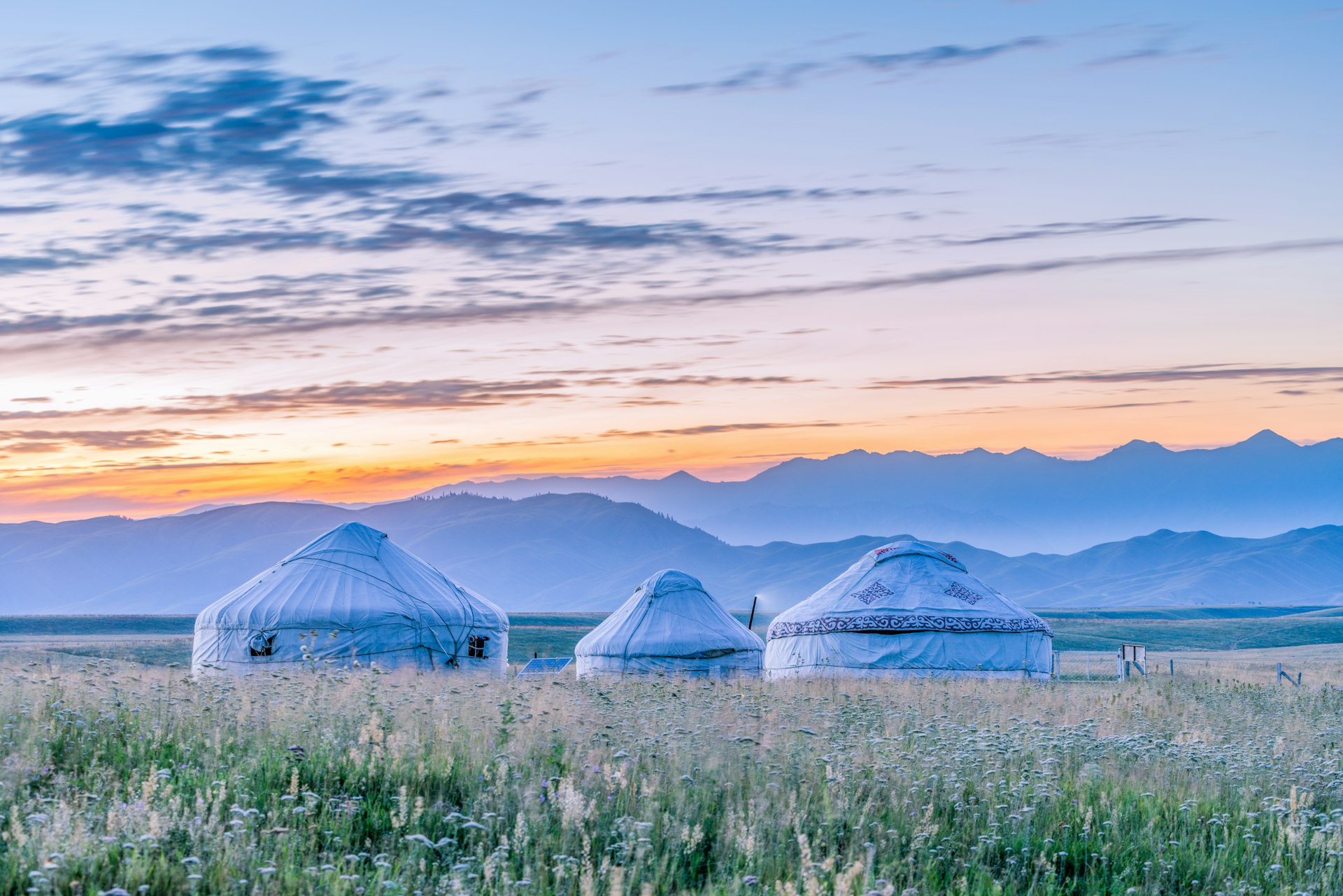
Come from April to May or September to October for eagle hunting, budget travel and fewer crowds
We’re big fans of traveling in the shoulder season, not just for the chance to experience Mongolia through a less touristy lens, but also for a more relaxed pace and lower prices. Sure, the weather can be a mixed bag (come prepared for four seasons in one hour) but in a land famed for 250 sunny days a year, you’ll still get plenty of clear weather.
Around April and May, Mongolia begins to thaw out from its winter deep freeze, as spring wildflowers bloom to color landscapes that turn progressively greener as time progresses. Many ger camps open up for the season, allowing you to enjoy Mongolia’s far-flung, empty wildernesses before tourists sweep in for Nadaam.
Late May is a good time to visit the Gobi Desert, when the storms and vicious airborne sand have subsided. You’ll also avoid the desert’s notorious freezing nighttime temperatures and scorching daytime heat. September sneaks in some warmer weather, but by October, winter is very much on the march.
But this is the time to visit if you’re here for one of Mongolia’s spectacular eagle festivals. Held in the first weekend of October, the Eagle Festival in Bayan-Ölgii is the big-ticket attraction, and you’ll be treated to dazzling displays of falconry by master Kazak eagle hunters, putting their prized birds of prey to the test in a number of competitions, from fashion parades to catching wild prey.
In late September there’s the more low-key Altai Kazakh Eagle Festival, an equally exciting event held over two days, combining eagle hunting demonstrations with horse and camel racing.
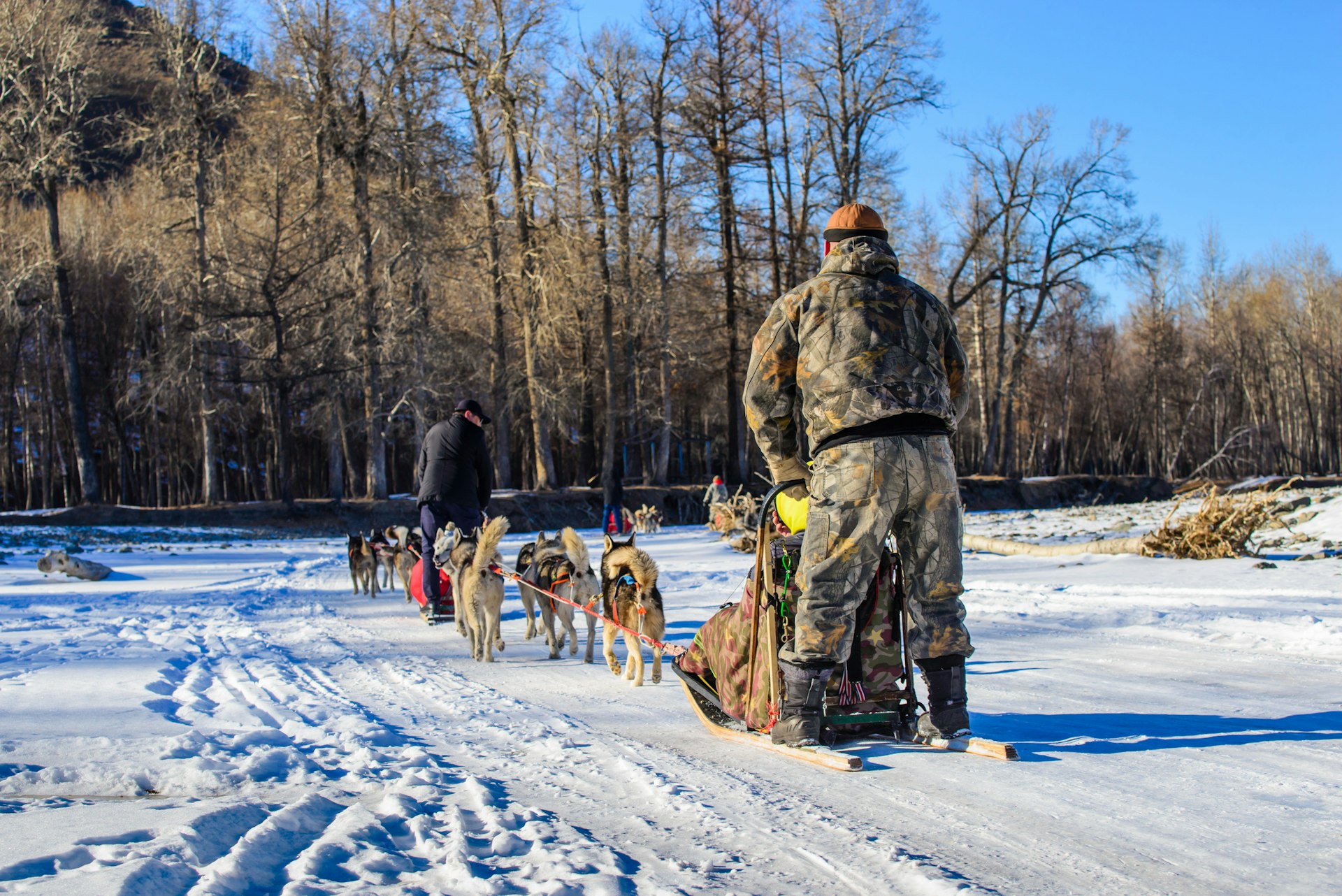
November to March brings winter festivals, snow sports and extreme cold
November is when things start to get really cold! But don’t let that stop you; instead our advice is to wrap up warm and dive in. There are plenty of highlights to take in, including cultural festivals and snow sports, and winter can bring price reductions for flights and accommodation, but not massive savings.
February is particularly good for traditional winter events, with both the Khatgal Ice Festival and Ulaanbaatar Winter Festival showcasing unique sports such as ice ankle-bone shooting (a fascinating game of skill played with animal bones), ice archery, and horse sledding competitions, alongside more familiar winter activities such as ice skating, ice fishing and dog sledding.
Tsagaan Sar, the Lunar New Year, is also in February, when you may be lucky enough to celebrate the festivities with local families. There’s also the Bulgan Camel Festival, the Gobi’s biggest event, when crowds flock to Ömnögovi for camel polo, camel races, camel shearing and other activities involving these prized beasts of burden.
November to March is also the time to get involved in snow sports, including downhill skiing at Ulaanbaatar’s Sky Resort. Dog sledding tours can easily be arranged, along with long-distance skating on Khövsgöl Nuur lake.
One word of warning, however. December and January can bring not only bitterly cold temperatures to Ulaanbaatar, but also horrendous pollution. If there are any months to avoid, we would single out January, unless you’re particularly hardy.
